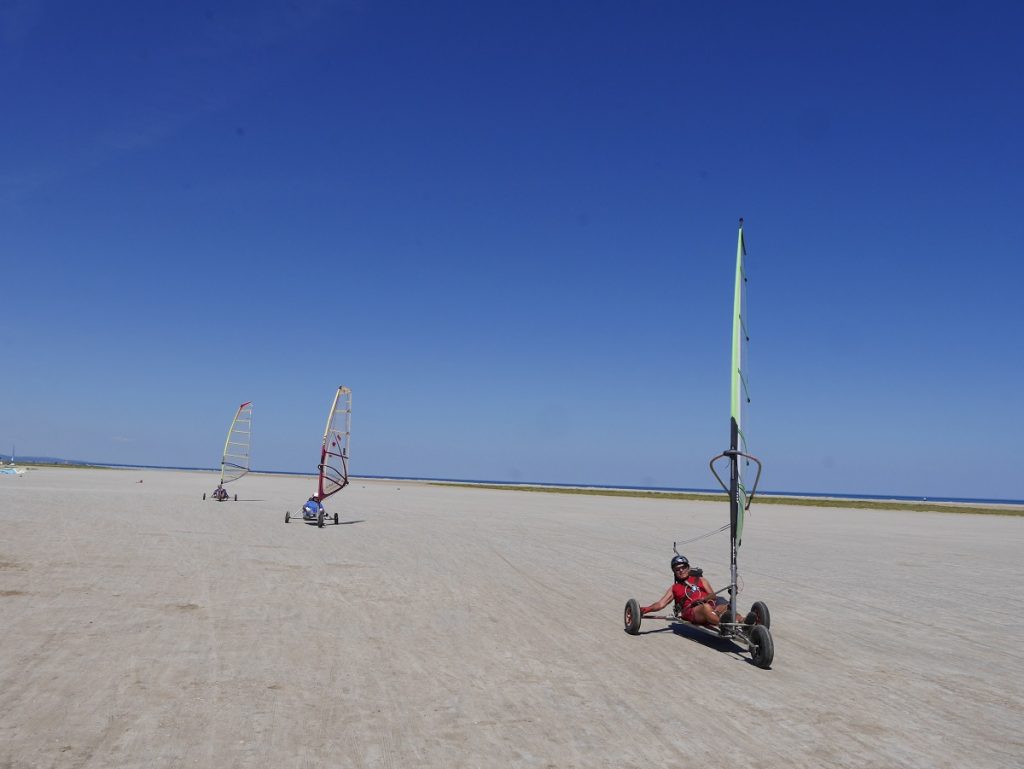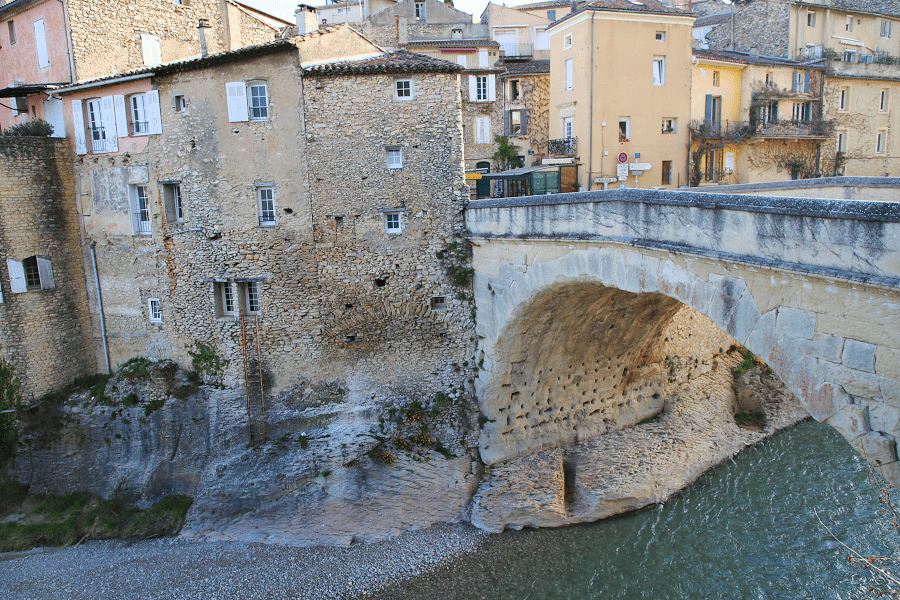Arles-sur-Tech is a commune located in the south of the Pyrénées-Orientales department, in the arrondissement of Céret, in the Occitania region (France, Pyrenees).
Historically and culturally, the commune is in Vallespir, a former viscounty (included in the Middle Ages in the viscounty of Castelnou), attached to France by the Treaty of the Pyrenees (1659) and approximately corresponding to the Tech valley.
Exposed to an oceanic climate, it is drained by the Tech, the Riuferrer, the Bonabosc river, the Freixe river and two other rivers. The town has a remarkable natural heritage: a Natura 2000 site (“the Tech”) and a natural area of ecological, fauna and flora interest.
Arles-sur-Tech is an urban commune that had 2,794 inhabitants in 2021.
This small, old town, built around a Benedictine abbey founded in the 8th century, has experienced a certain industrial activity (exploitation of Batère iron mines, Catalan weaving factory, sawmills, biscuit factories). It is located close to the larger and more well-known spa town of Amélie-les-Bains-Palalda.
Main attractions
- La Caixa de Rotllan: dolmen from the 3rd millennium BC AD;
- Sainte-Marie Abbey: founded at the end of the 8th century, the current walls of this monastic complex date back for the oldest to the end of the 9th century of which the church, the oldest Gothic cloister in the Pyrénées-Orientales (13th century) and the abbey dwelling;
- The Saint-Étienne church: church consecrated for the first time in 993 and of which only part of the nave remains, included in recent constructions (cannot be visited);
- The Saint-Sauveur church: church mentioned as early as 1159, the bell tower is the most remarkable element;
- The villa “les Indis”: current town hall, art nouveau style, early 20th century;
- The Saint-Pierre de Riuferrer church: Romanesque church cited in 830, rebuilt in the 12th century;
- The Sainte-Croix church of Quercorb: pre-Romanesque church founded in 832 and rebuilt in the 10th century;
- The Holy Tomb: sarcophagus of paleo-Christian origin, which notably contained the relics of Saints Abdon and Sennen and produced drinking water by condensation and filtration of rainwater;
- The Saint-Jean-l’Évangéliste chapel at Mas d’en Camps, built in 1693.
- Chapel of Saints-Abdon-et-Sennen in Arles-sur-Tech.
How to get to?
From Paris: 9 hr 16 min (886 km) via A71 and A75
From Perpignan: 44 min (40.2 km) via D900 and D115
From Toulouse: 2 hr 38 min (243 km) via A61 and A9
From Andorra: 3 hr 23 min (205 km) via N116
From Barcelona: 2 hr 15 min (189 km) via AP-7
From Madrid: 8 hr 17 min (794 km) via A-2, AP-2 and AP-7
From Monaco: 5 hr 39 min (539 km) via A8 and A9
From Moscow: 37 hr (3,464 km) via E30/M1
From Belgrade: 19 hr 9 min (1,842 km) via E70
From Istanbul: 30 hr (2,792 km) via E70
From Bern: 8 hr 24 min (797 km) via A9
Main information
Area: 28,82 km2
Population: 2 794
Coordinates: 42°27′27″N 2°38′04″E
Language: Catalan, French
Currency: Euro
Visa: Schengen
Time: Central European UTC +1
See here Pyrenees travel guide
See here France travel guide
See here Spain travel guide
See here Andorra travel guide



















